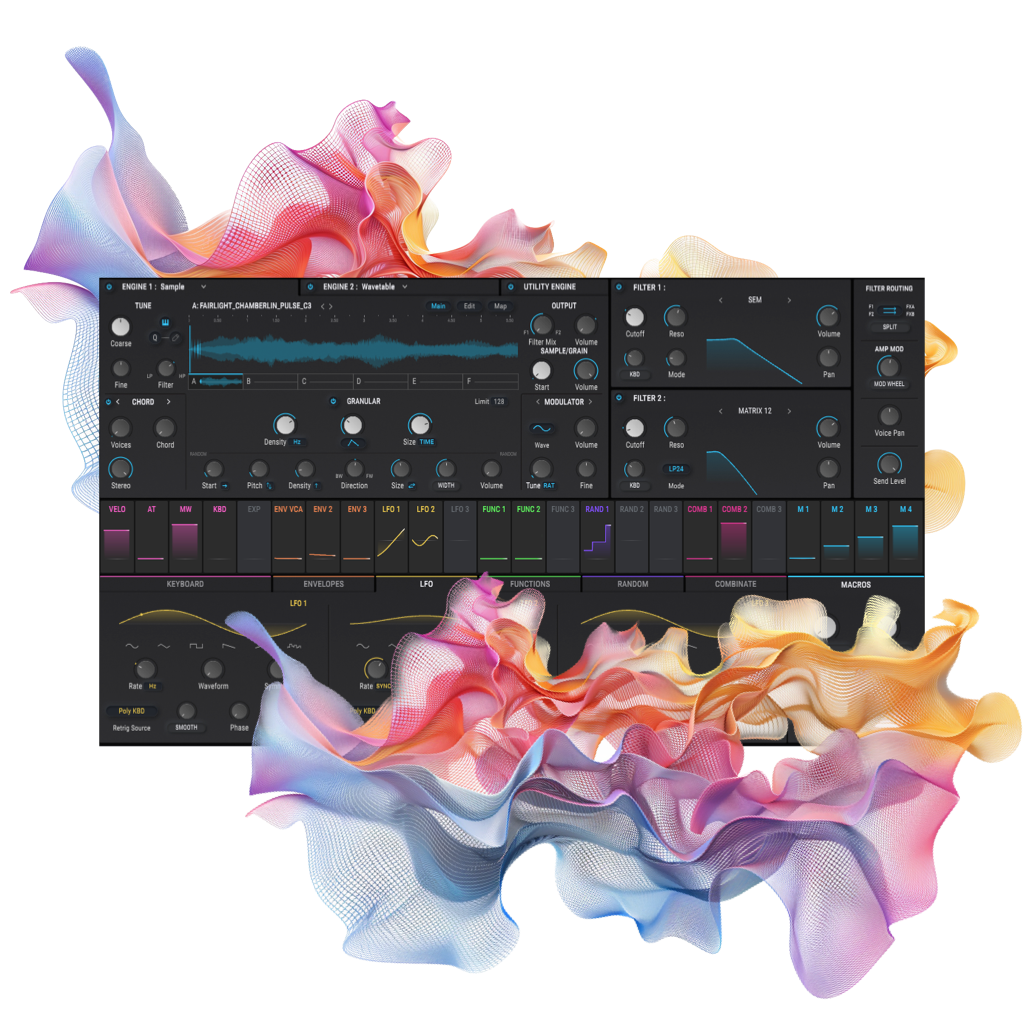Mastering Tchaikovsky-Style Harmonic Buildups
Introduction
The Late Romantic era composers developed sophisticated techniques for creating dramatic tension that go far beyond simple diatonic harmony. This lesson reveals how these masters used pedal points, implied dominant chains, and chromatic harmony to create powerful musical buildups.
Many modern composers underestimate the chromatic sophistication of Late Romantic music, often associating classical music with simple alberti bass patterns and basic diatonic progressions. In reality, these composers utilized highly advanced harmonic techniques that remain relevant today.
Understanding Pedal Points and Tension
- Pedal points create enormous tension when combined with chromatic progressions
- All twelve chromatic tones can appear within just a few seconds (old masters like Tchaikosky made it look easy)
- Tension increases as harmonies move further from the pedal tone
- Static bass often creates more dramatic build ups than walking bass lines
Horizontal vs. Vertical Thinking
Traditional Vertical Approach
Modern composers often think in vertical chord stacks, limiting the independence of voices.
Horizontal Line Technique
Romantic composers thought in independent horizontal lines that implied harmony through:
- Neighbor tones
- Passing tones
- Chromatic voice leading
- Independent melodic lines
FREE Download - Orchestral Reduction
Download our reduction of the orchestral example in this video lesson here:
Pro Tips
- Start with a dominant pedal point for maximum tension
- Use non-harmonic tones to create sophisticated lines
- Think in independent voices rather than chord blocks
- Create tension through implied harmonies rather than explicit chord voicings
If you'd like to dig in more with creating build ups like these. We highly recommend our Basic Chromatic Harmony course.












